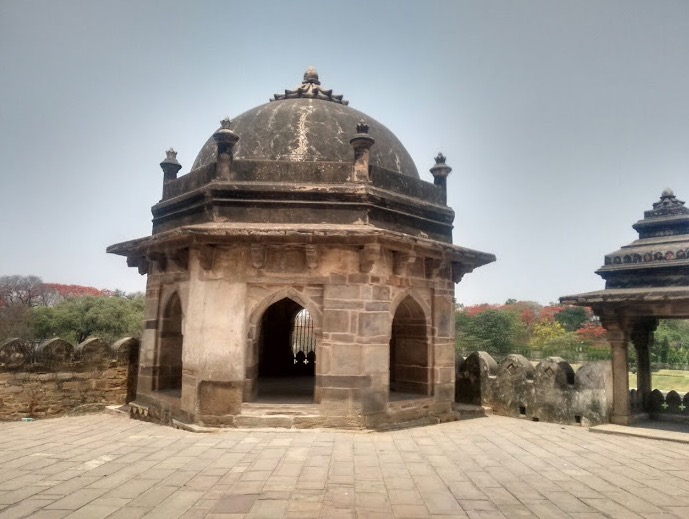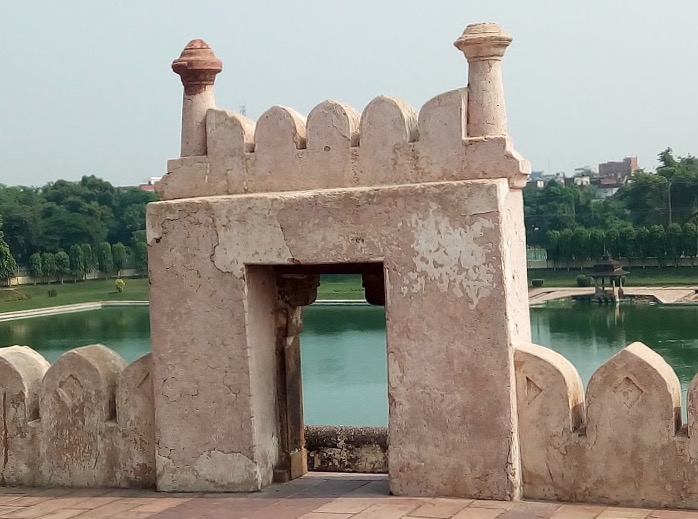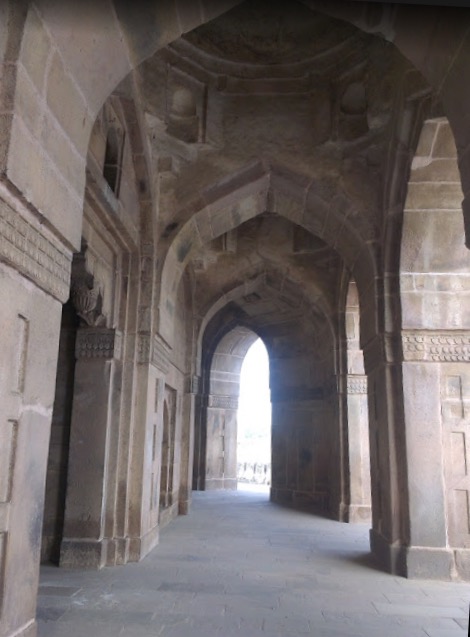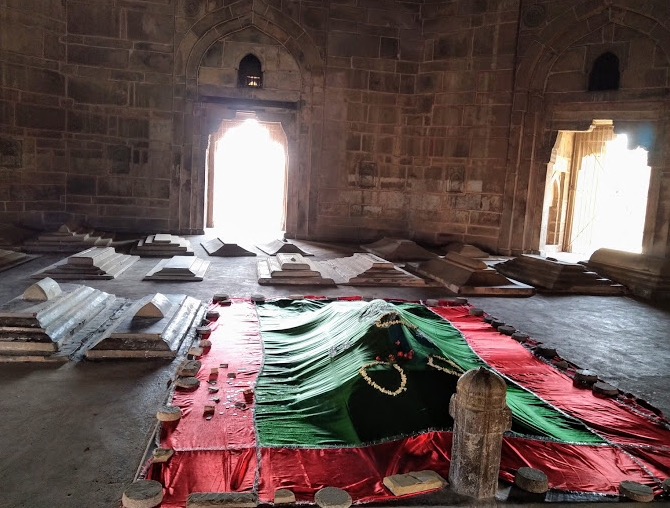Cover Story
Creator of the Grand Trunk Road

We must thank Sher Shah Suri, the founder of the Suri Empire for creating this amazing road
ByShona Adhikari
December 11, 2019 (IANSlife) For travellers in India, moving from North to South or East to West, would have been almost impossible if the magnificent Grand Trunk Road did not exist. We must thank Sher Shah Suri, the founder of the Suri Empire for creating this amazing road connecting the major cities of India. Whenever there are discussions about this splendid road, Sher Shah Suri’s name is always mentioned with awe. But the Grand Trunk Road is just one of his major creations. Few know what an extraordinary personality he was and how much we owe him. In his seven-year rule he added a vast number of improvements that we continue to see today.
Born Farid Khan Lodhi in 1486 at Sasaram in modern day Bihar, he was the grandson of an ethnic Afghan, a noble of the Pashtun Sur tribe named Ibrahim Khan Suri. Farid Khan became known as ‘Sher’ when as a young man he saved the King of Bihar, from a tiger that had suddenly leapt upon him. He was later re-named Sher Shah and rose to become the founder of the Suri Empire in the northern part of the Indian subcontinent.

A landowner (Jagirdar) and a representative of the Delhi rulers of that time, he was an adventurer with royal connections and was recruited by Sultan Bahlul Lodi of Delhi during his long confrontation with the Jaunpur Sultanate. He was one of the eight sons of Mian Hassan Khan Suri - a prominent figure in the government in the Narnaul district. His grandfather Ibrahim Khan’s ‘Mazar’, still stands as a monument in Narnaul.
Sher Shah rose from being a private to the status of a commander in the Mughal army under Babur to the level of being the governor of Bihar. In 1538, when Babur's son Humayun was away at war, Sher Shah took over the state of Bengal and established the Suri dynasty – naming it after the ‘Sur’ tribe to which he belonged. A gifted administrator and strategist during his rule from 1538 to 1545, he introduced a number of important changes, which continue to benefit us till today.

As a brilliant general Sher Shah laid foundations for later Mughal emperors – among them Akbar son of Humayun, was probably the one who benefited the most from this. Among Sher Shah’s more important strategies in his administration, was the setting up of new civic and military rules. Under him, the first ‘Rupiya’ was issued in place of ‘Taka’ - and still continues to remain. Another important improvement was the reorganisation of the postal system of the Indian Subcontinent. To ensure that he would be remembered, Sher Shah renamed the name of Humayun’s city, changing it from ‘Dina-panah’ to ‘Shergarh’ and simultaneously he also revived the historical city ‘Pataliputra’, which had been steadily declining since the 7th century. The feather on his cap is however the Grand Trunk Road, for which he is justly famous.
It is said that Sher Shah and his father were constantly fighting with each other. His father, Hassan Khan Suri, then a jagirdar of Sasaram, had several wives with whom Sher Shah did not get along and so, he decided to run away from home. When his father discovered that Sher Shah had requested Jamal Khan, the governor of Jaunpur to give him shelter, he wrote a letter that stated, “my son being annoyed with me, has gone to you without sufficient cause. I trust in your kindness to appease him, and send him back; but if refusing to listen to you, he will not return, I trust you will keep him with you, for I wish him to be instructed in religious and polite learning.”
But Sher Shah refused and replied in a letter, “If my father wants me back to instruct me in learning, there are in this city many learned men: I will study here.”

Sher Shah started his service under Bahar Khan Lohani, the Mughal Governor of Bihar. Because of his valour, Bahar Khan rewarded him with the title ‘Sher Khan’ After the death of Bahar Khan, he became the regent ruler of the minor Sultan, Jalal Khan. Jalal soon realised that Sher Khan's power in Bihar would make things difficult and sought the assistance of Ghiyasuddin Mahmud Shah - the independent Sultan of Bengal. Ghiyasuddin sent an army under General Ibrahim Khan but Sher Khan defeated the force at the battle of Surajgarh in 1534 after forming an alliance with local chiefs – and achieved complete control of Bihar.
In 1538, Sher Khan attacked Bengal and defeated Ghiyasuddin Mahmud Shah. But could not capture the kingdom, because of the sudden appearance of Emperor Humayun and his army. On 26 June 1539, Sher Khan faced Humayun in the Battle of Chausa and defeated him. Assuming the title ‘Farid al-din Sher Shah’, he defeated Humayun once again at Kannauj in May 1540 and forced him out of India.

Thereafter Sher Shah turned his attention towards the Rajput Forts. He attacked Malwa and Jodhpur, but was killed during the siege of the Rajput Fort of Kalinjar. Sher Shah had ordered the walls of the fort to be blown up with gunpowder, but he was himself seriously wounded, by the explosion. He died on May 22, 1545 and was buried in Sasaram. His son Jalal Khan succeeded him, taking the title of ‘Islam Shah Suri.’
The founder of the Suri Dynasty lies under the splendid Sher Shah Tomb that is 122 ft high and stands majestically in the middle of an artificial lake in Sasaram - located on the road that he is famous for - India’s magnificent Grand Trunk Road.
(This article is a website exclusive and cannot be reproduced without permission of IANSlife)
Shona Adhikari is a lifestyle and travel columnist.


